Note: This was originally published as a Twitter thread.
In 1948, Yugoslavia was expelled from Cominform, the Soviet information agency, in retaliation for its "non-aligned" status; deprived of information-processing capacity, the country created its own IT industry from scratch.
— Cory Doctorow #BLM (@doctorow) August 2, 2020
1/ pic.twitter.com/8PIVqSg24f
A couple of weeks ago I came across this amazing thread and the recently published @jacobinmag article about Galaksija, Yugoslavia’s DIY computer from the 80s. I was vaguely aware of its history, but it has largely been forgotten in the Balkans. I’ve been on a bit of an old hardware binge lately, so I attempted to source a Galaksija or another locally built computer while I’m in Croatia. No luck so far on the second hand market as it seems like these are increasingly rare. Ditto for the magazine that made them popular.
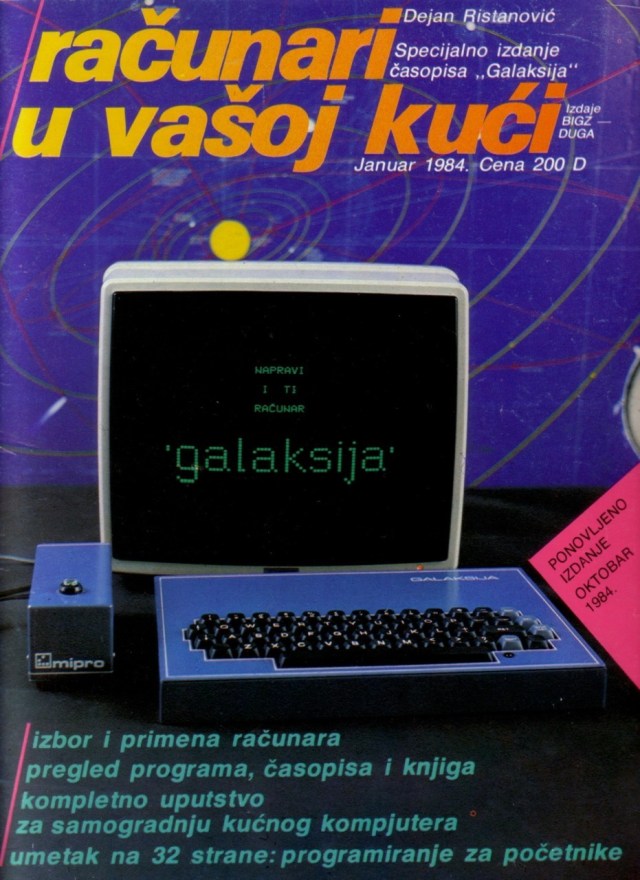
Growing up in the 90s, I was unaware of the independent computer industry of our former country — the first computer in my household was a PC running Windows 95, and in school they didn’t talk about our socialist IT heritage. However, I then randomly and unexpectedly ended up at @PEEKANDPOKE computer museum in Rijeka, and found not one, but two Galaksijas and a whole bunch of other locally built 80s computers!
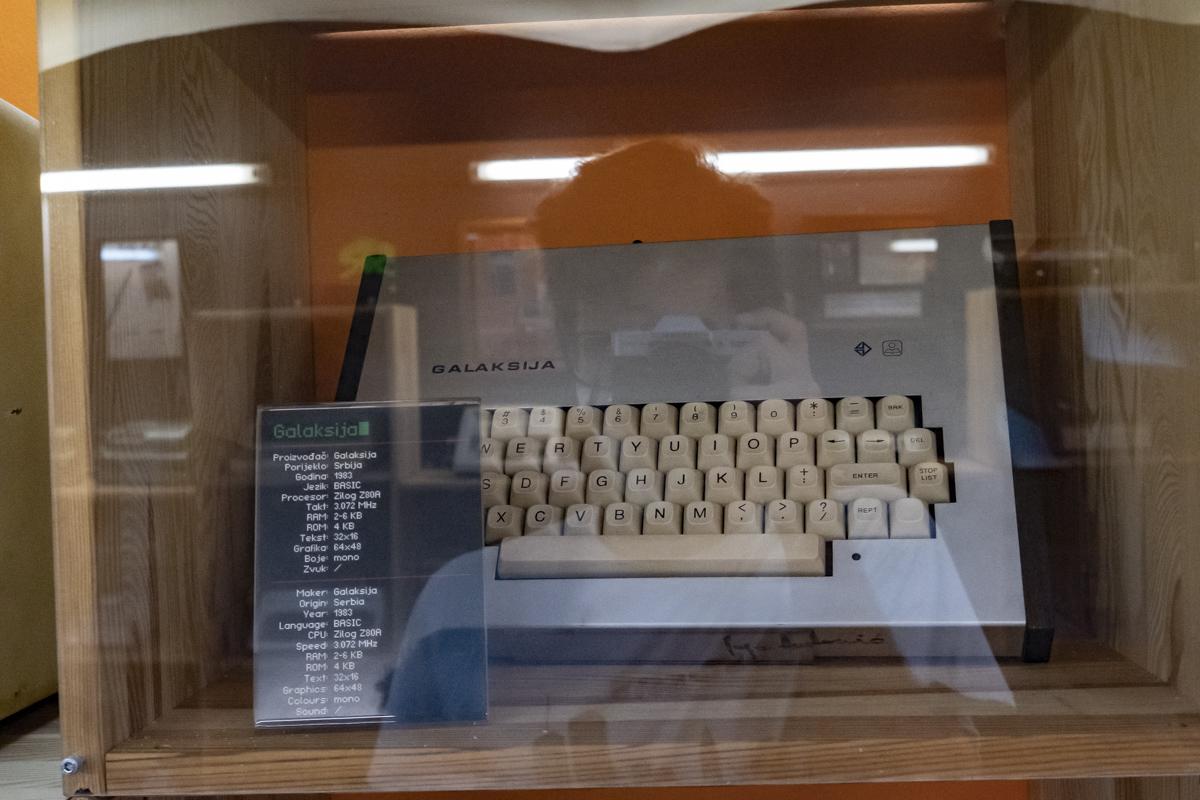
I vaguely remember hearing about Peek and Poke many years ago, but somehow I never went there. And then as we were walking around Rijeka we came across this unassuming store front
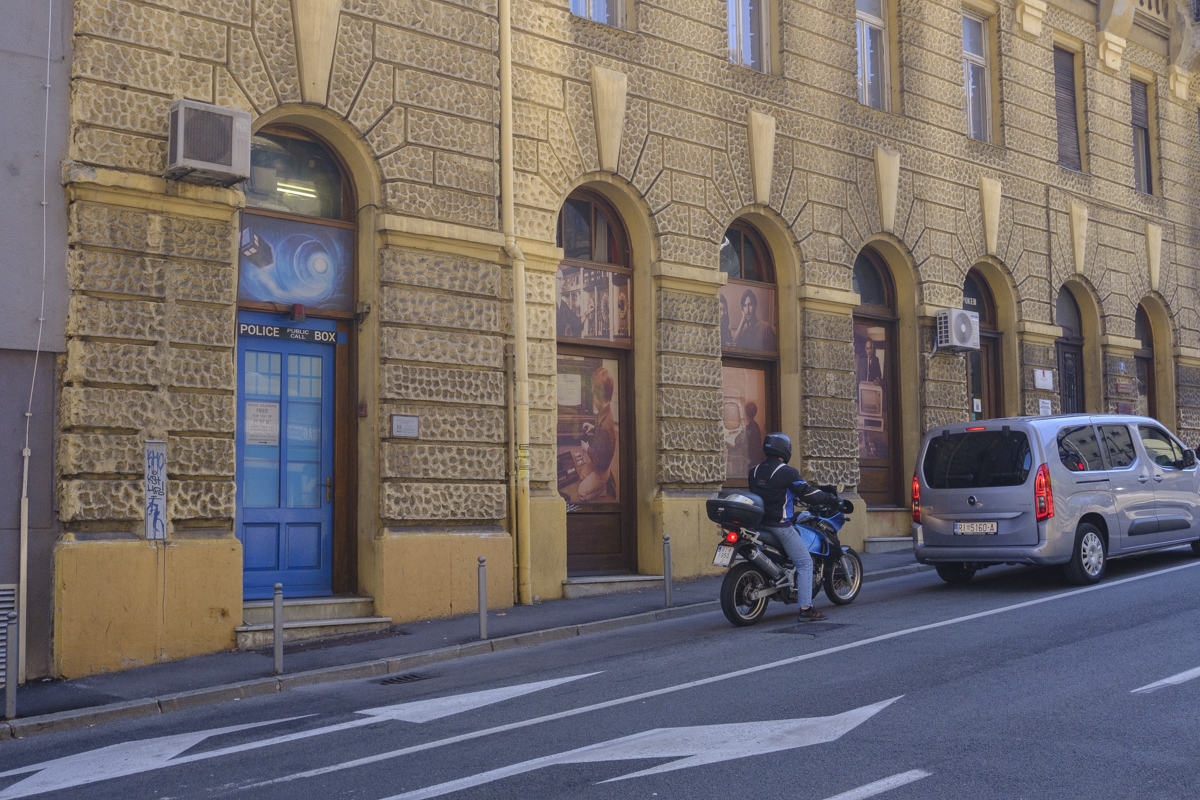
Turns out there is a treasure trove of old tech here. IBM PCs, Macs of all types, Apple IIs, NeXT workstations… Very cool stuff, though common enough in the US.
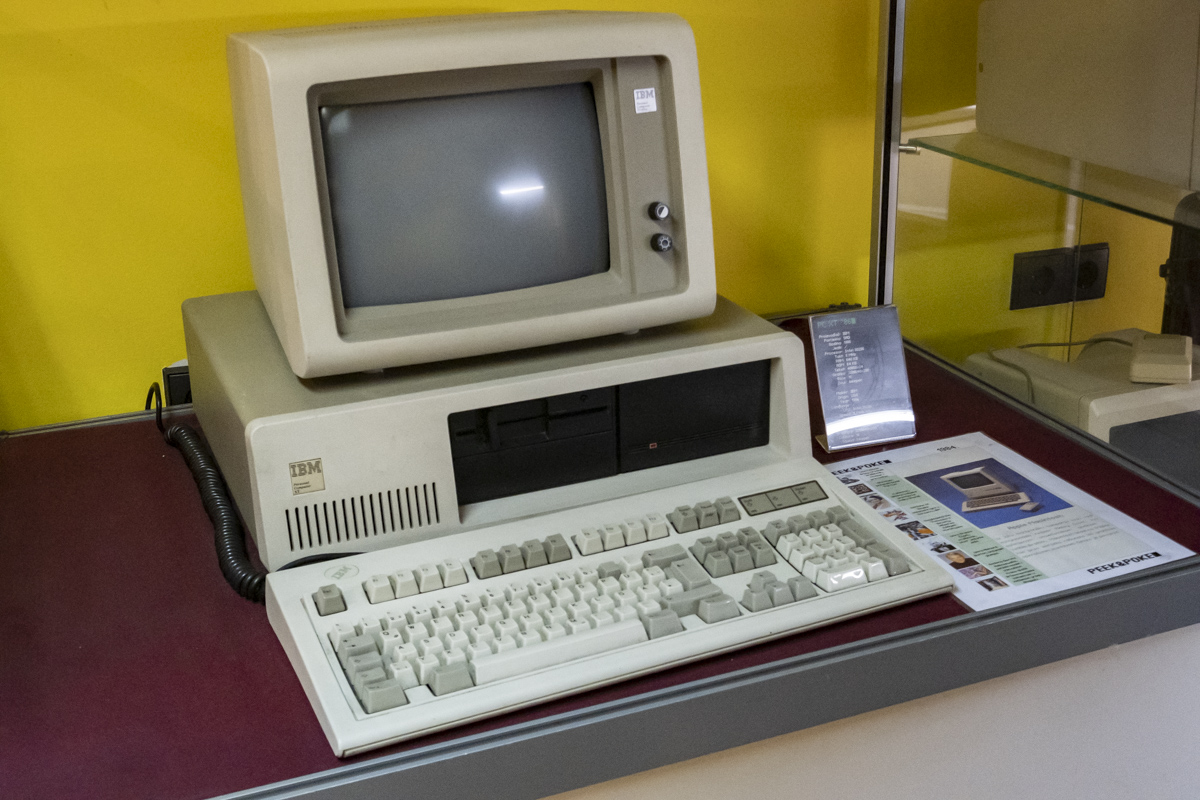
There’s a great collection of consoles and games, and you can actually play and use a bunch of machines (after disinfecting your hands)! I especially loved the ZX Spectrum and Commodore 64, popular imported computers for those who could afford them.
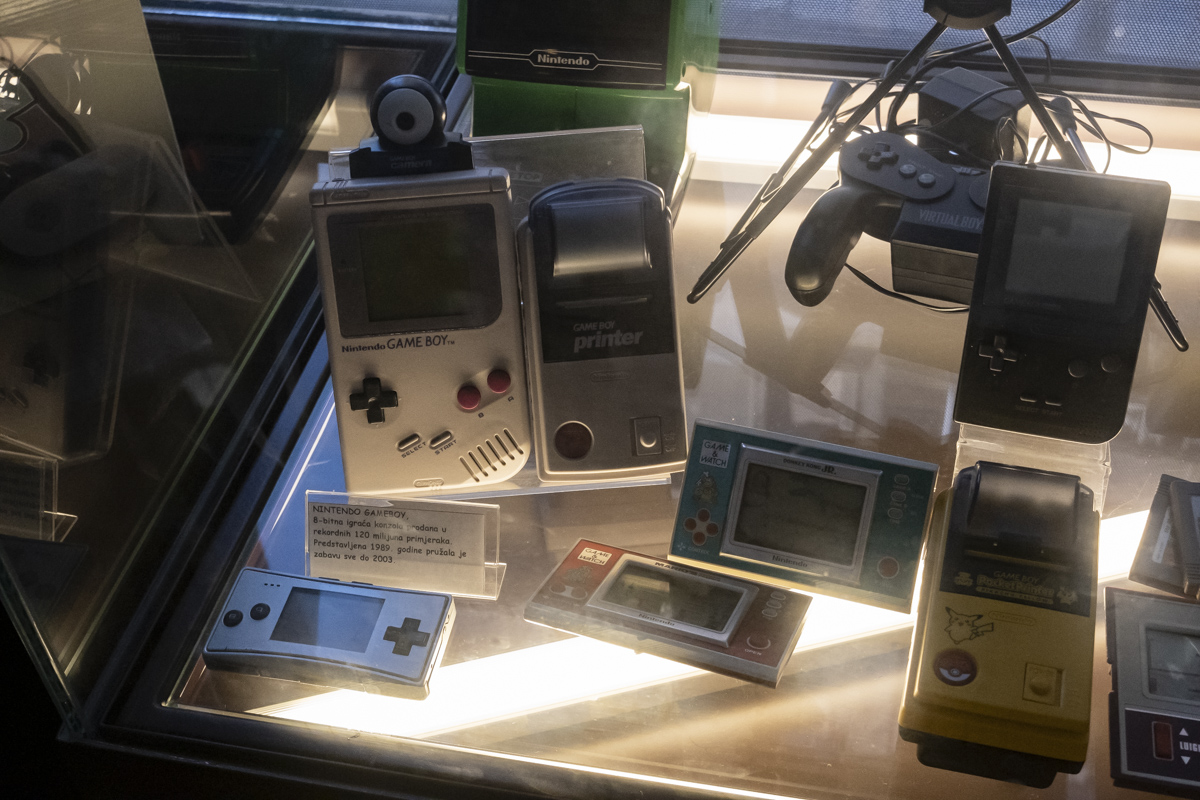
But the real good stuff is on the floor above, where you’re welcomed by a display of boxes from the “Factory of computer machines Zagreb” and a large collection of domestic tech industry: computers, calculators, cash machines, phones, radios
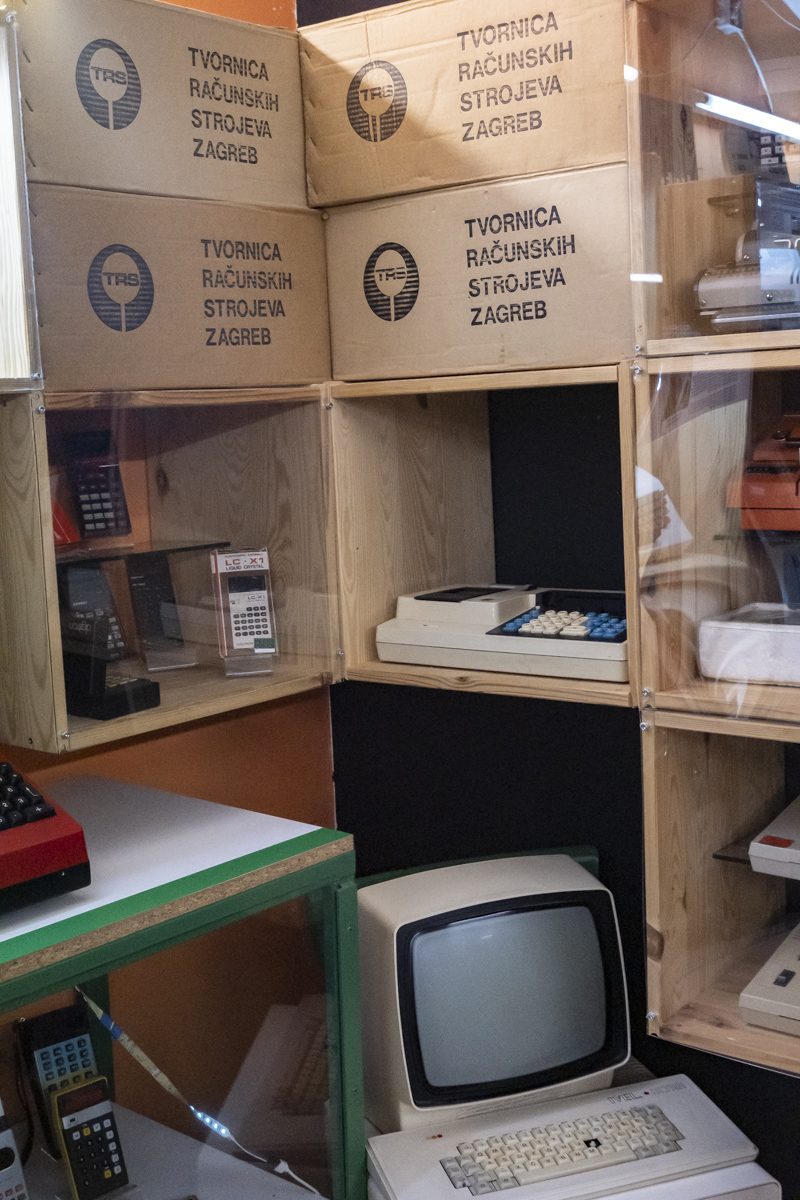
Let’s look at Galaksija again. Voja Antonić designed the Galaksija around the Z80 CPU, then readily available in electronics stores throughout Yugoslavia. The schematics and instructions were then published in the special edition of the SF magazine “Galaksija”, hence the name.

The special issue, titled Računari u vašoj kući (“Computers in your home”) went through multiple prints, eventually exceeding 120 000 copies. The hobbyists would assemble the board and then build a case themselves, like the Apple I and other early personal computers.
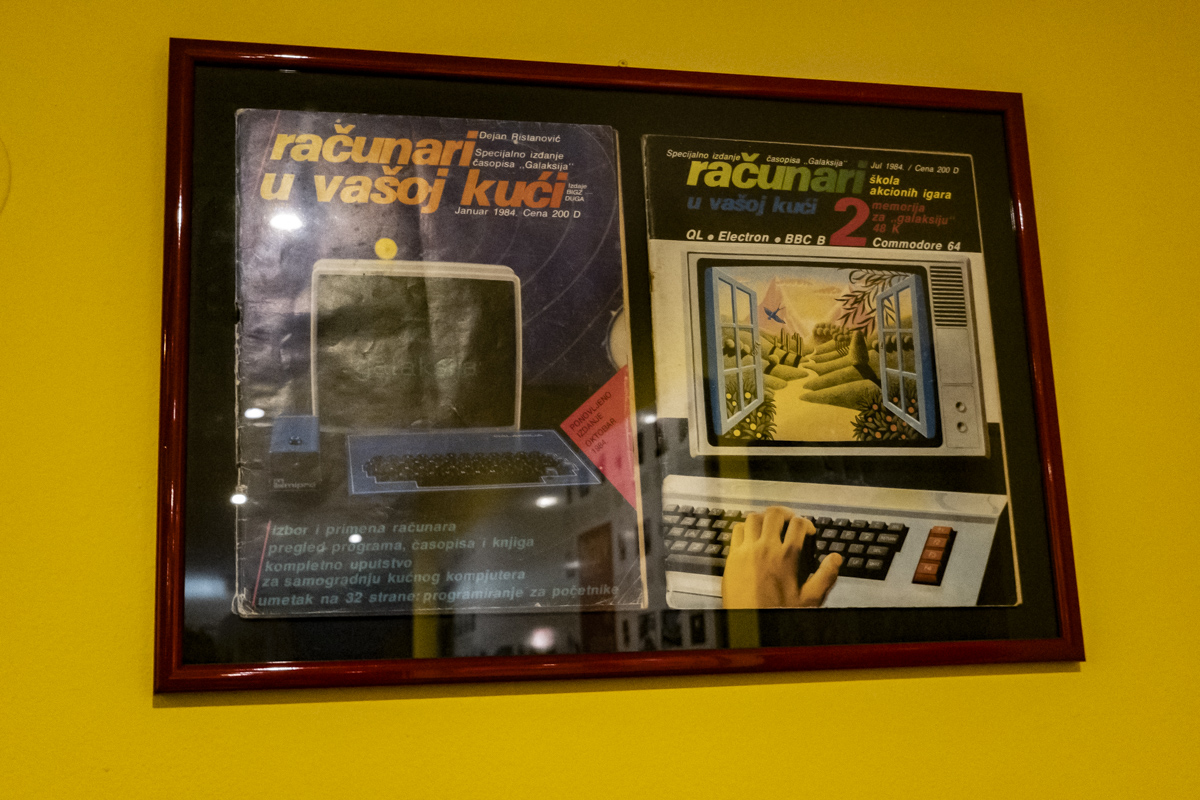
Fully assembled, Galaksija is a beautiful machine. This one was signed by its maker!
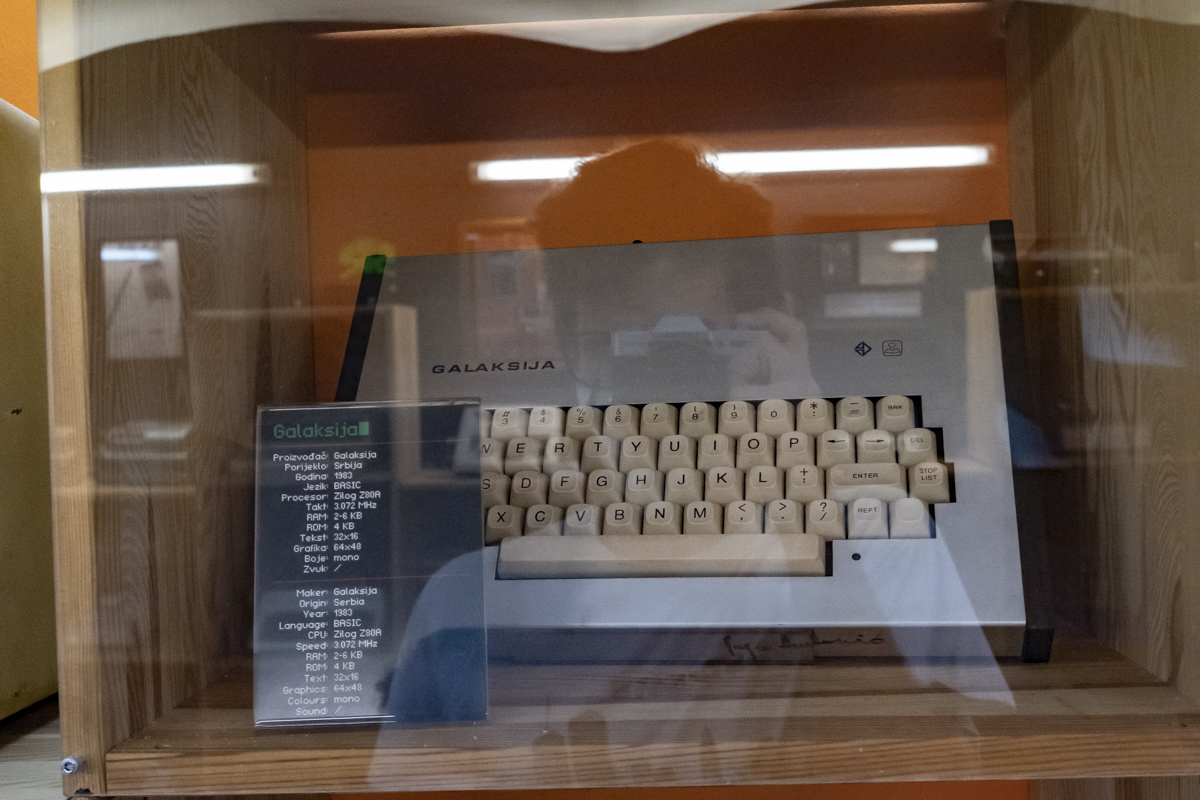
But Galaksija wasn’t the only domestically built computer. There was also Galeb (Seagull) and Orao (Eagle), designed by Miroslav Kocijan for PEL Varaždin and built around MOS 6502 CPU, found in the Apple II, C64, BBC Micro

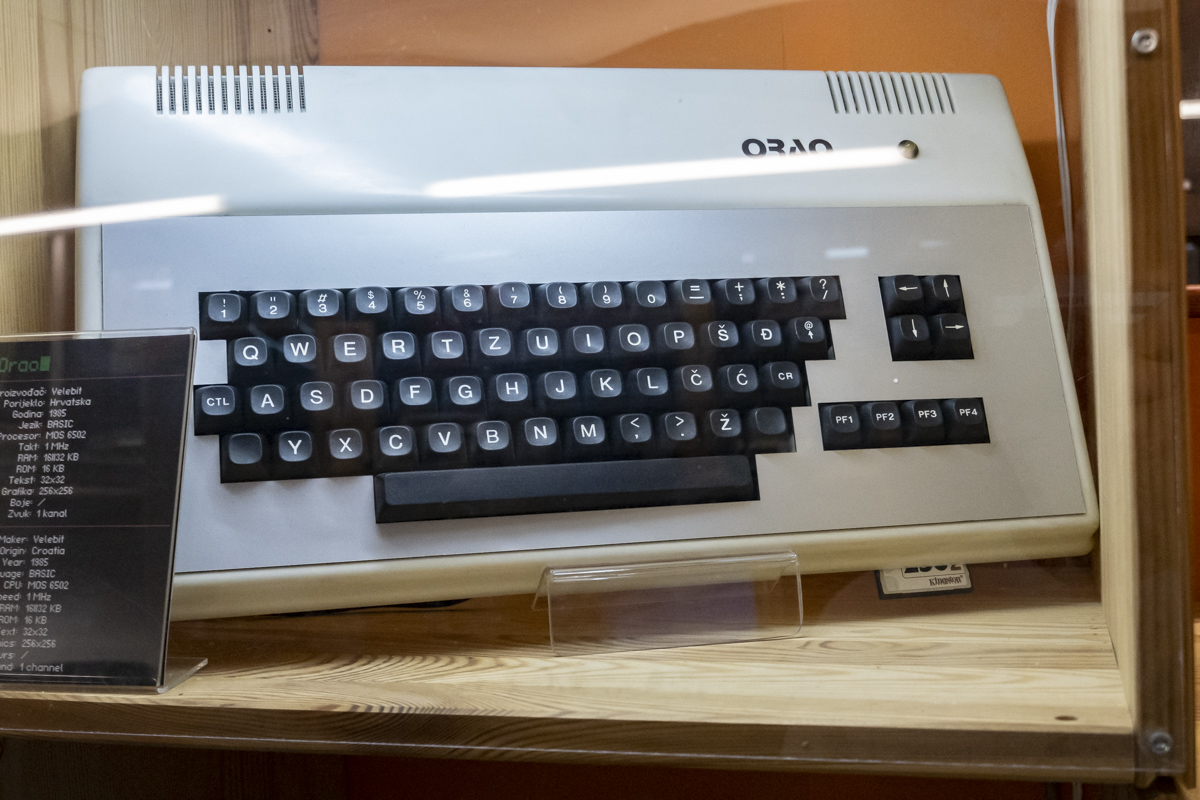
Here’s the Galeb prototype board

Unfortunately, it took PEL Varaždin 3 years to bring Galeb to market in 1984, by which point it was completely outdated. With only 250 units sold, it was retired and replaced by the faster Orao, which gained popularity in schools as a cheap machine for teaching BASIC.
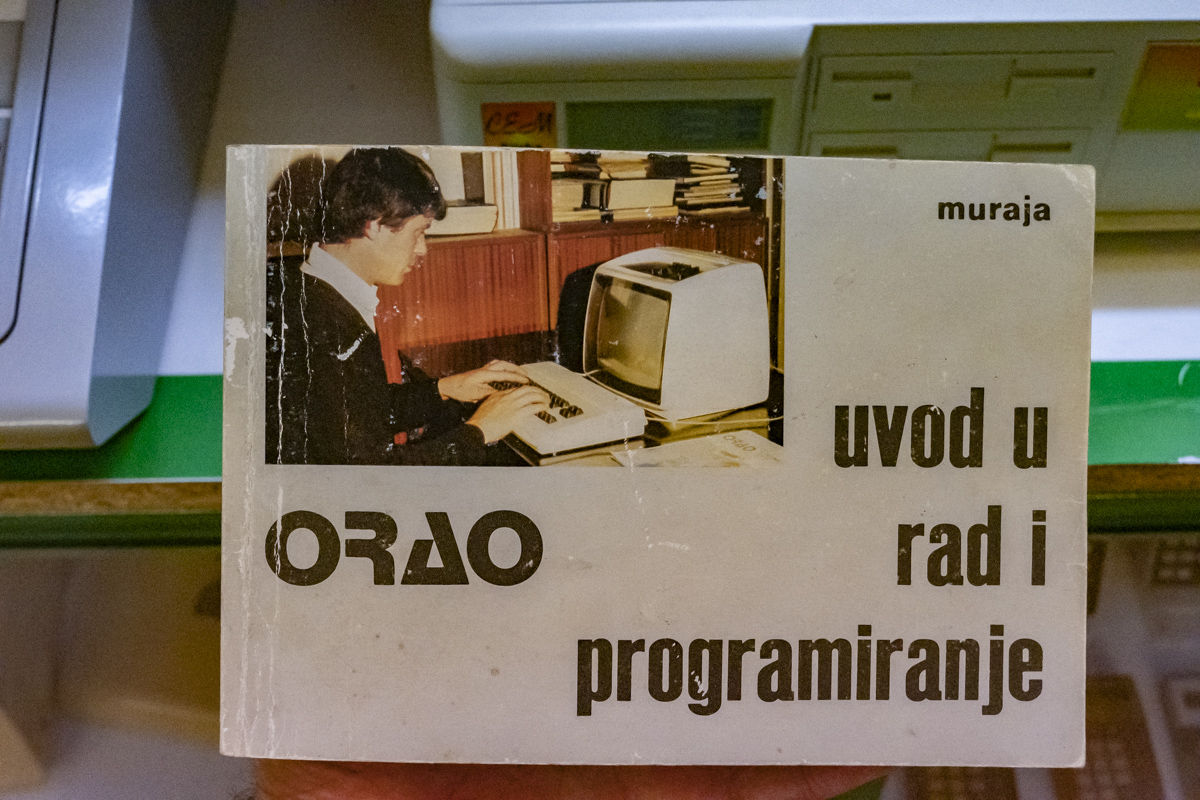
There are a bunch of other Yugo computers: Delta Parner from Slovenia, the Apple II compatible Ivel Ultra, Pecom 32 from Serbia

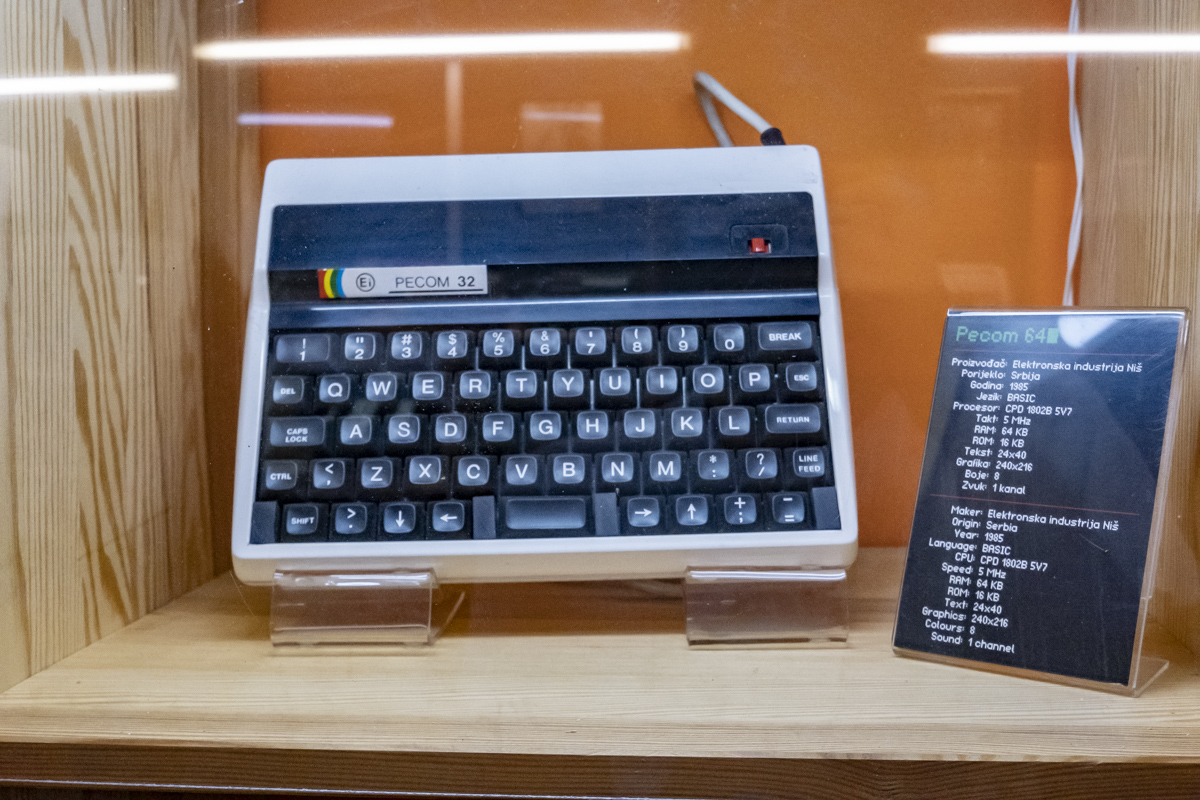
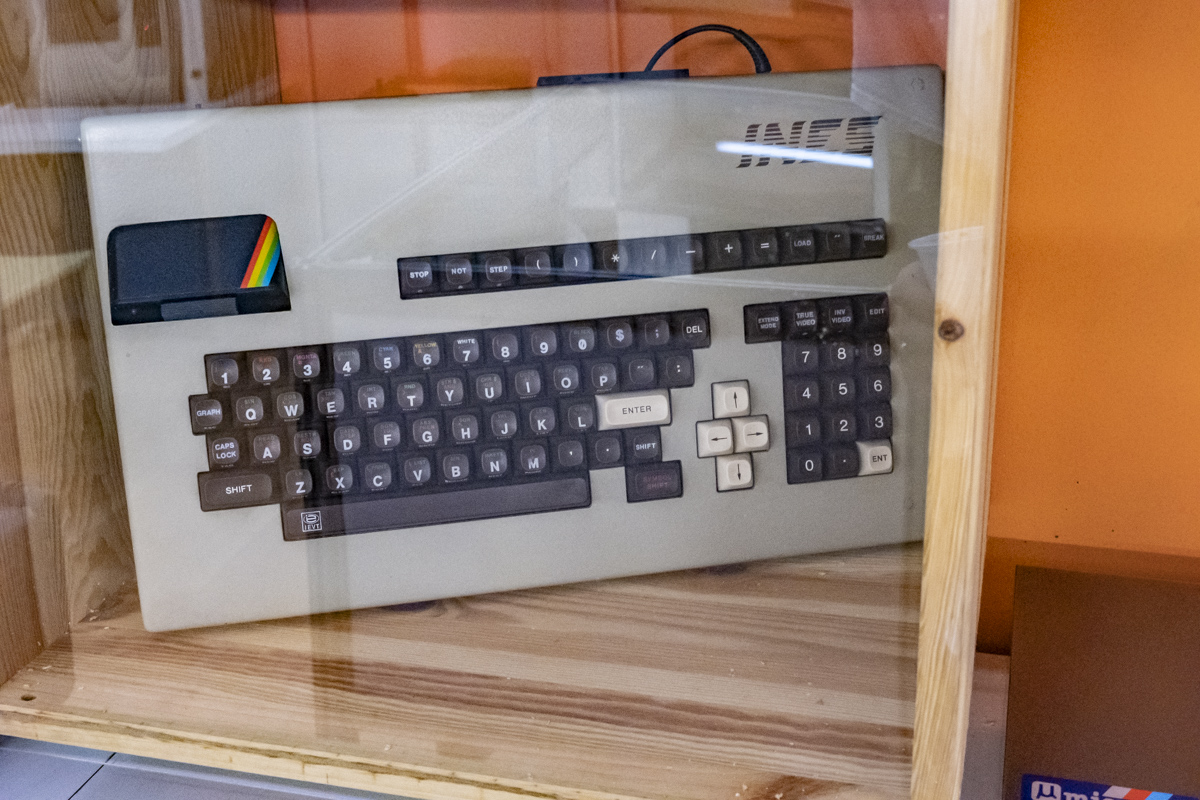
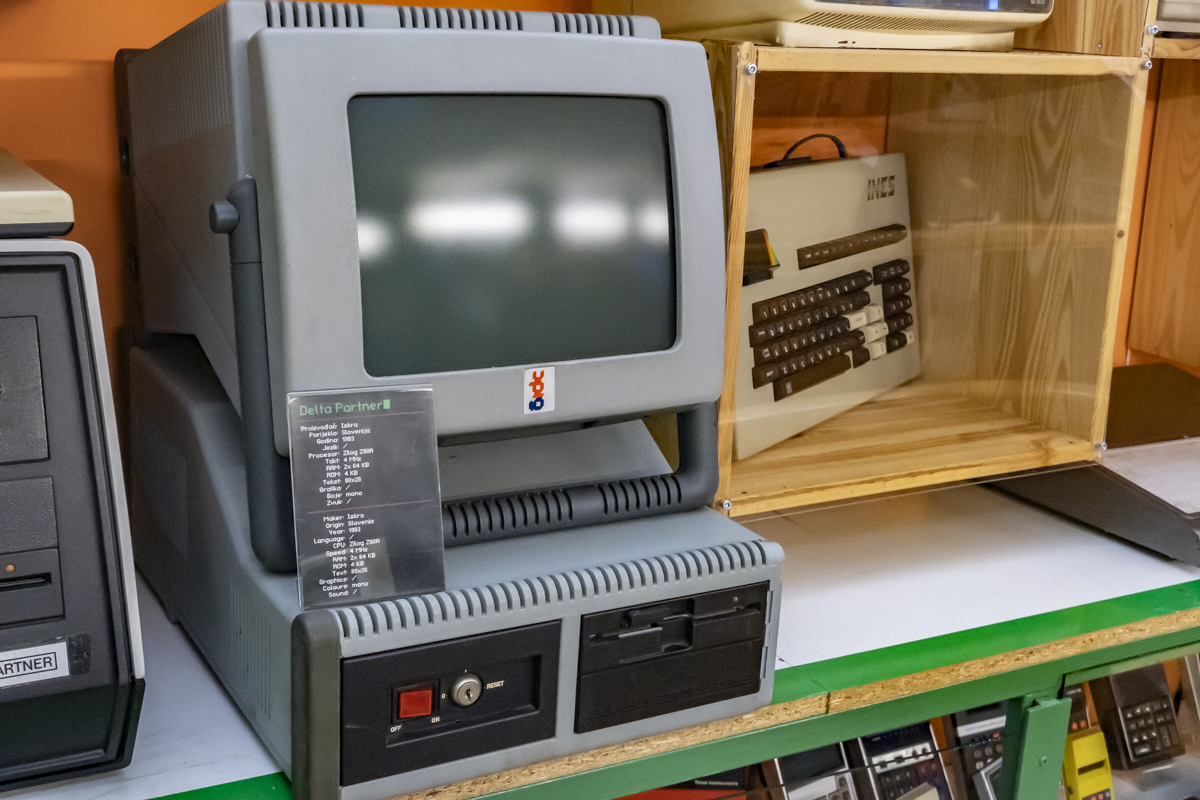
Then there’s the calculators! The people of the small medieval town Buje in Istria are proud of their invention — Digitron, the first handheld calculator developed in Europe in 1971!
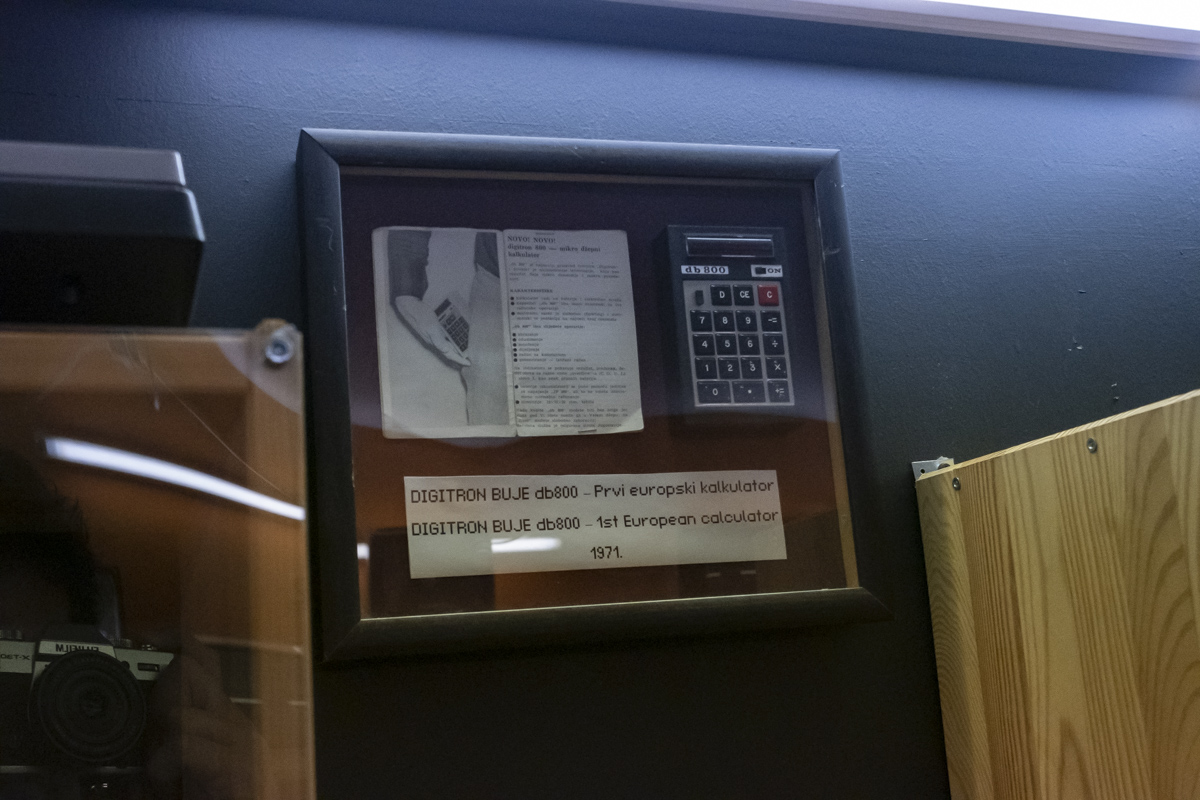
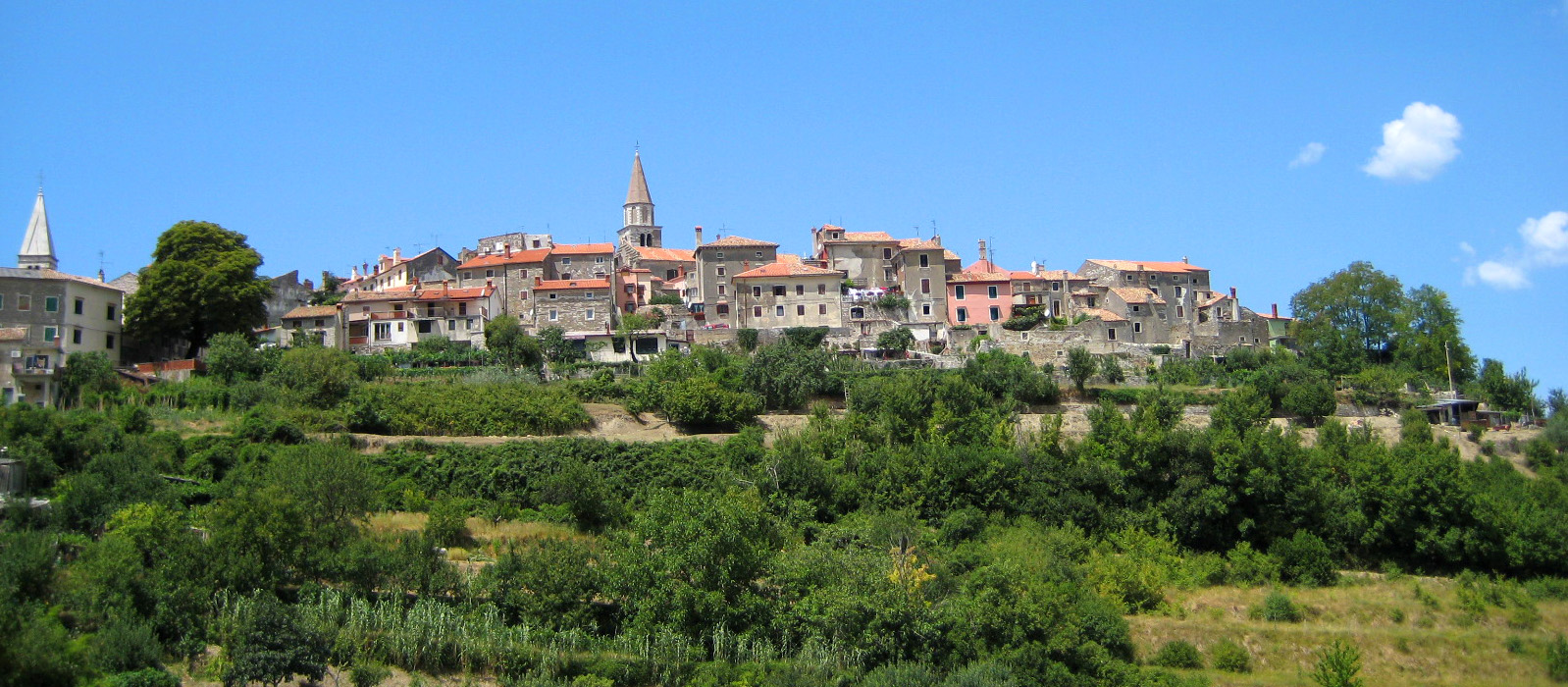
Digitrons were so popular that even today people here refer to calculators as digitrons… It was such a hit that even Tito had to check it out.
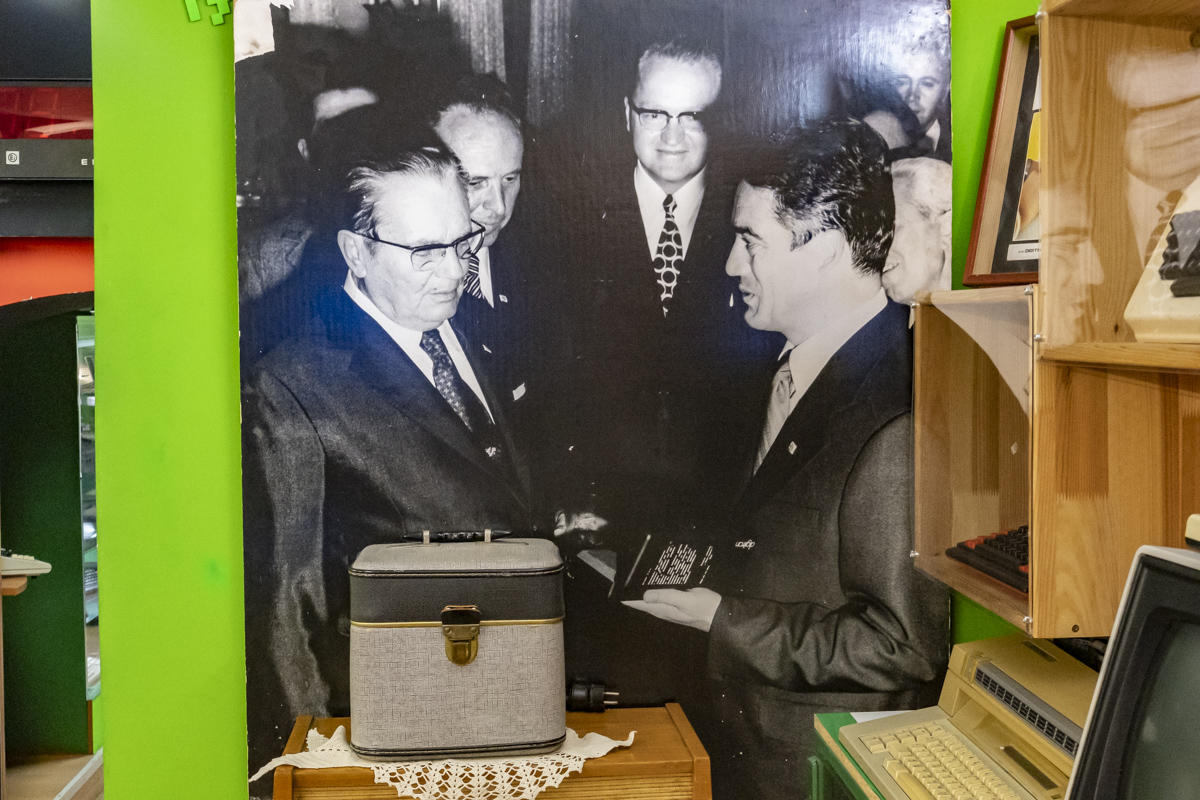
Lastly, you can check out the timeless and impeccably designed Iskra phones made in Slovenia. I remember using those rotary dial ones as a kid.

There’s a bunch of other super interesting hardware made beyond the borders of Yugoslavia, like the bizarre Sun JavaStation “network computer” made to run only Java apps… In 2020 we’re still waiting for Java’s end of life.

But the most wonderful thing about this museum is that it tells the local computer history. Most of these were used by people around here, so many keyboards feature manually scribbled BCS diacritics: šđčćž 🥰
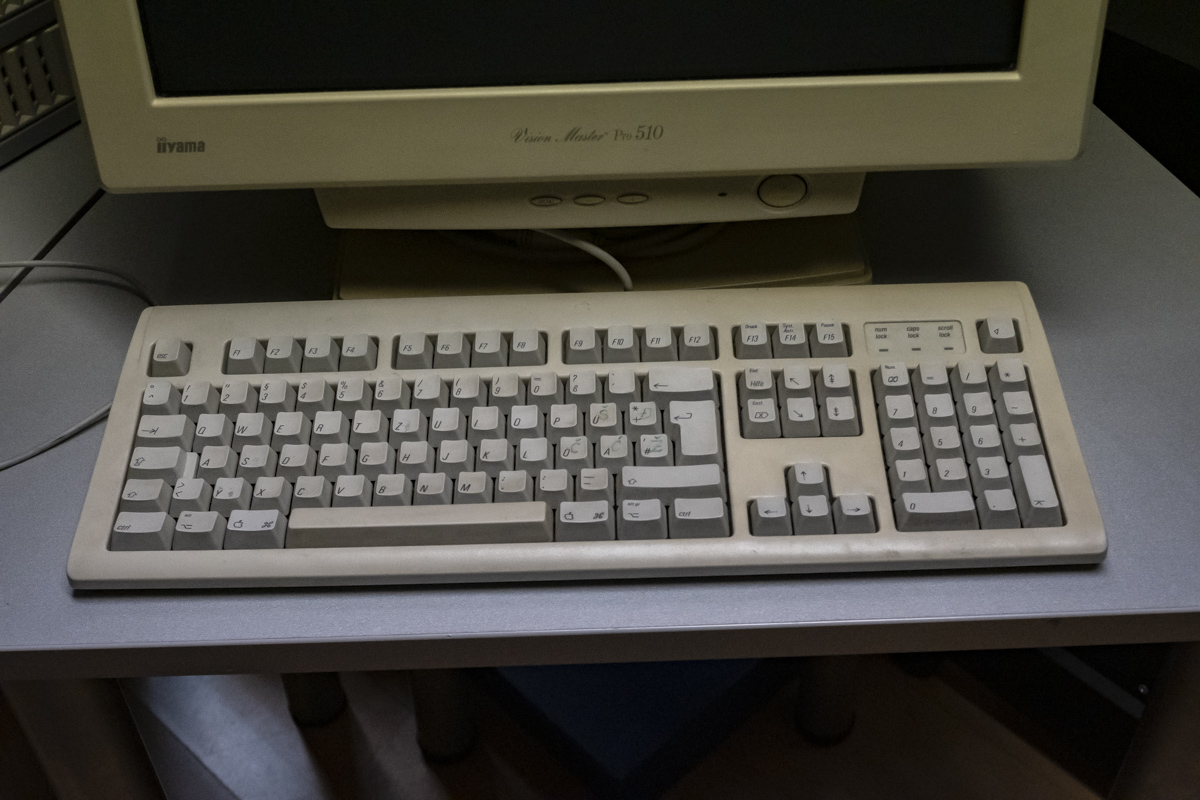
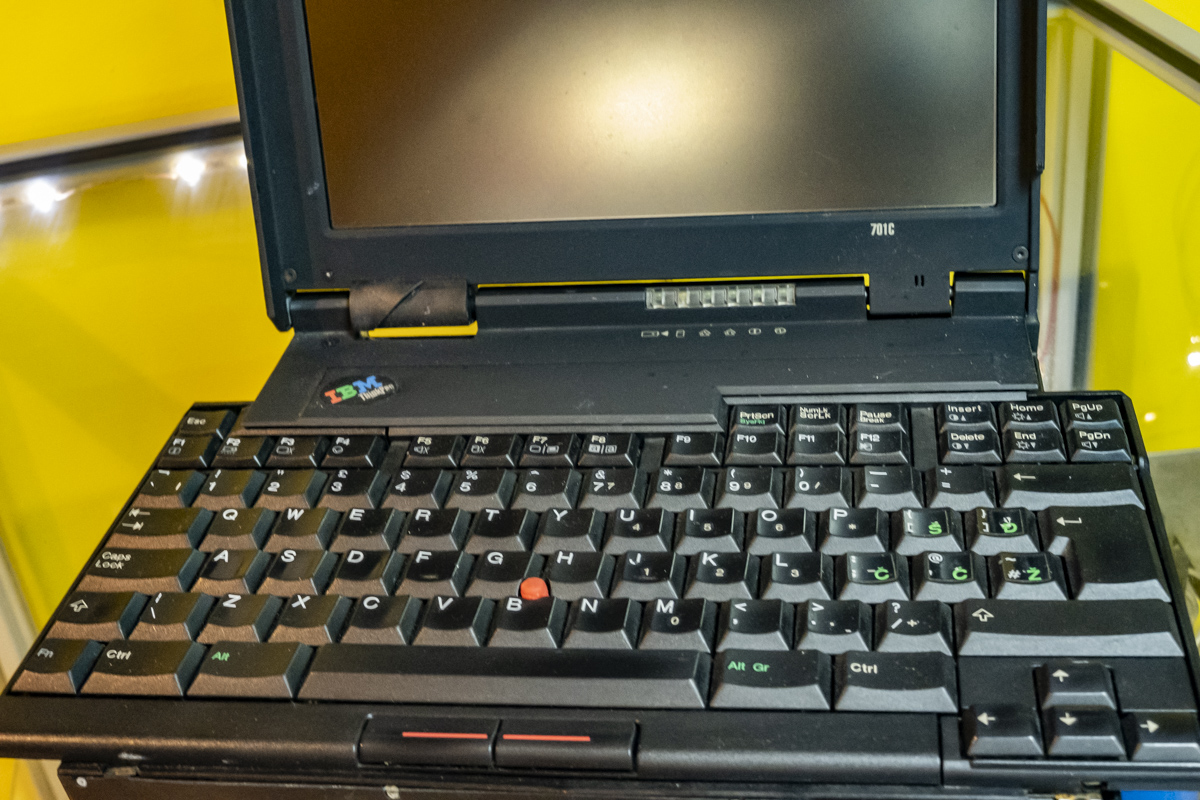
ThinkPad 701 Butterfly keyboard from Vlado Vince on Vimeo.
Ahh we need to go back to this amazing technology!
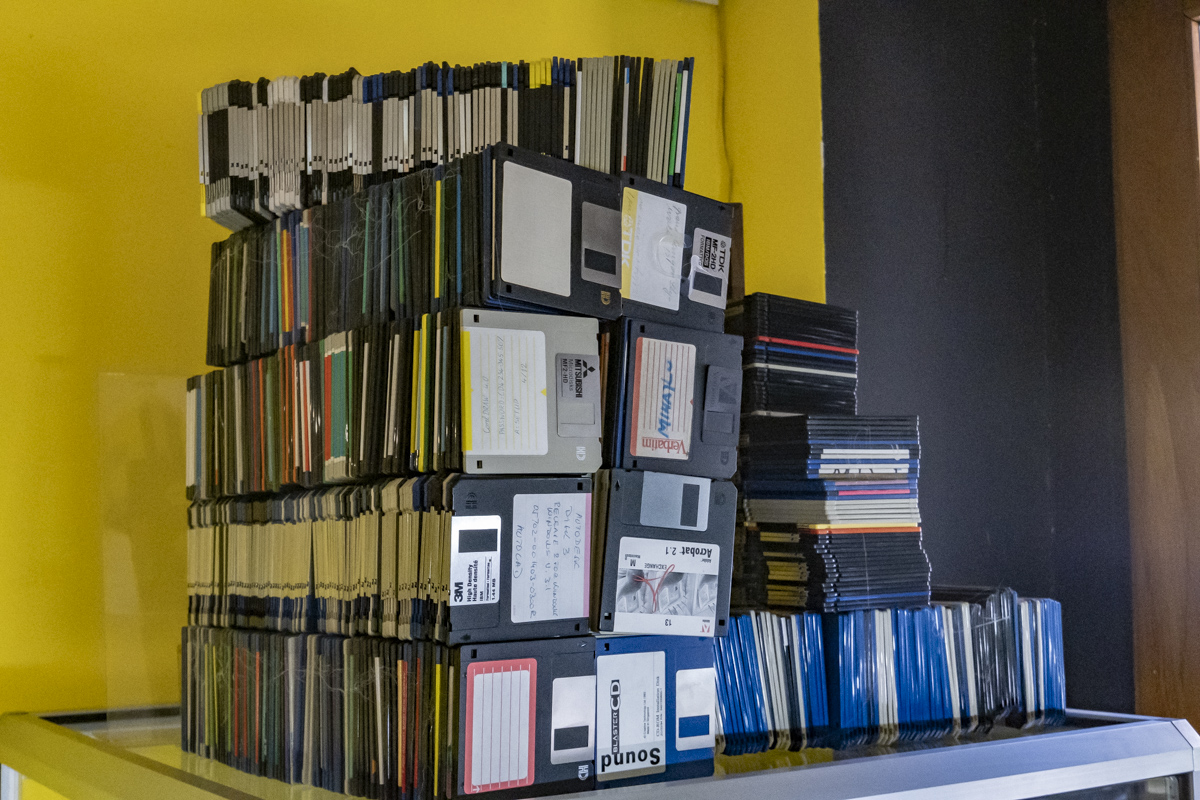
This concludes the tour of the amazing @PEEKANDPOKE museum. There is much more to see, and this small exhibition space showcases just a fraction of their collection. I’m so thankful for their stewardship of our people’s tech heritage, and hope to come back soon!
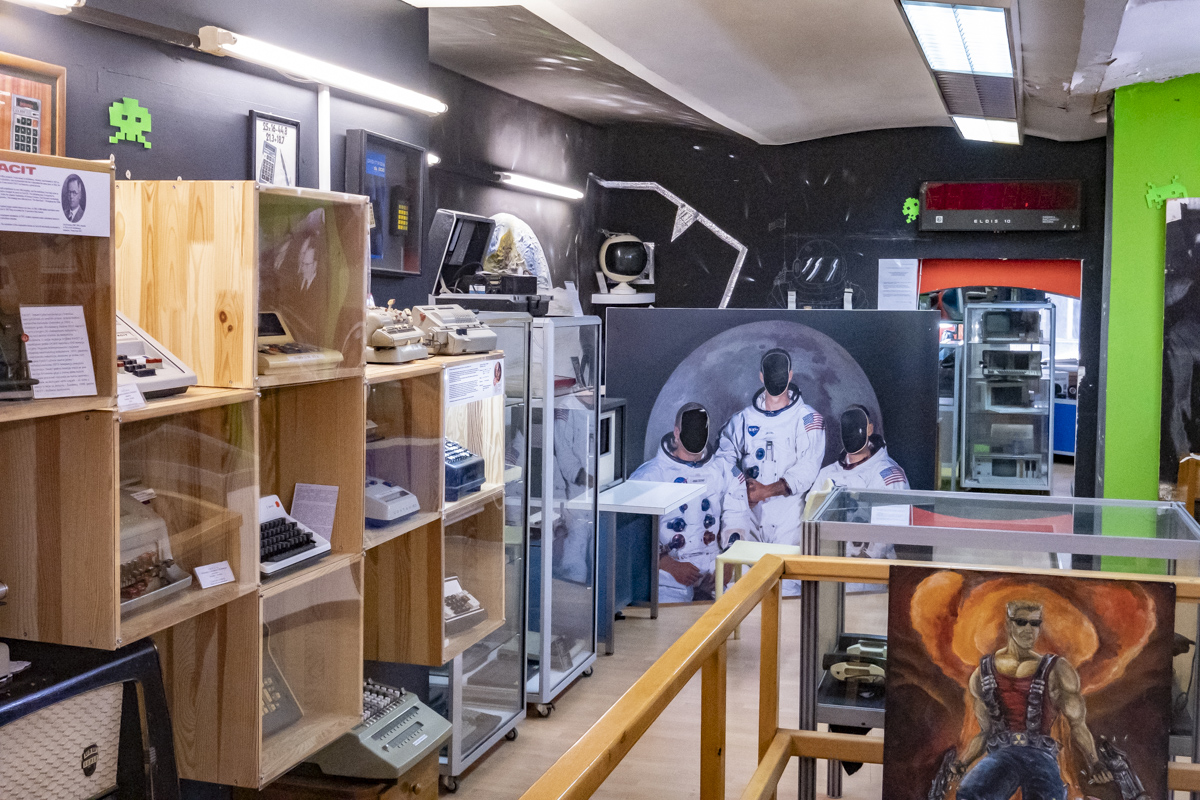
Make sure to check them out at their website, and look at their hardware donation page — they are looking for some specific pieces, so if you’re want to get rid of something, they may be looking for it! And yes, I did get an Orao mug, how could I not.

I then discovered an emulator for Galeb and Orao computers! I ran the Orao emulator in an XP virtual machine and now I can speak BASIC! I love how the emulator uses the BCS keyboard layout with diacritics even though the Windows locale is set to en-US. Like the real thing!

Both emulators were developed by Josip Perušanec
and can be downloaded here.
I also ran the Orao demo program, loaded from a virtual tape 🥰
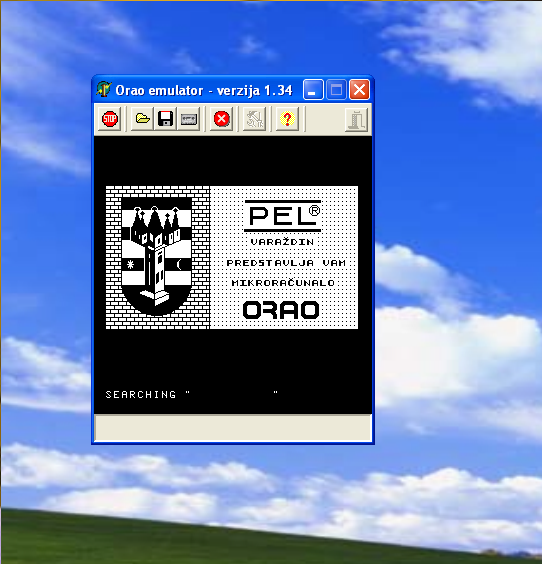
What is that logo you ask? Well, only the royal coat of arms of Varaždin, given to the city in 1464 by Matthias Corvinus, King of Hungary and Croatia, King of Bohemia and Duke of Austria. Galeb and Orao were developed by PEL Varaždin corporation.
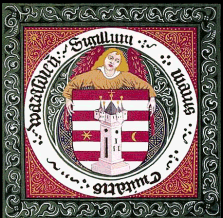
Per the demo program, Orao features a “professional keyboard with 61 keys, split into 3 sections with YU symbols, automatic key repeat and sound (!) on keypress”

Does this mean that typing on an Orao sounded sort of like my cursed beepy Model M speaker mod?? There’s also a web based Orao emulator built by Nenad Mihailović, so you can easily try it. Type BC to start BASIC, choose a program on the side, then type LMEM”” to load the program.

Nenad also hosts the original Orao manual, but looks like it’s been OCR’d so some detail may be missing. His emulator project and Orao page is really well documented though.